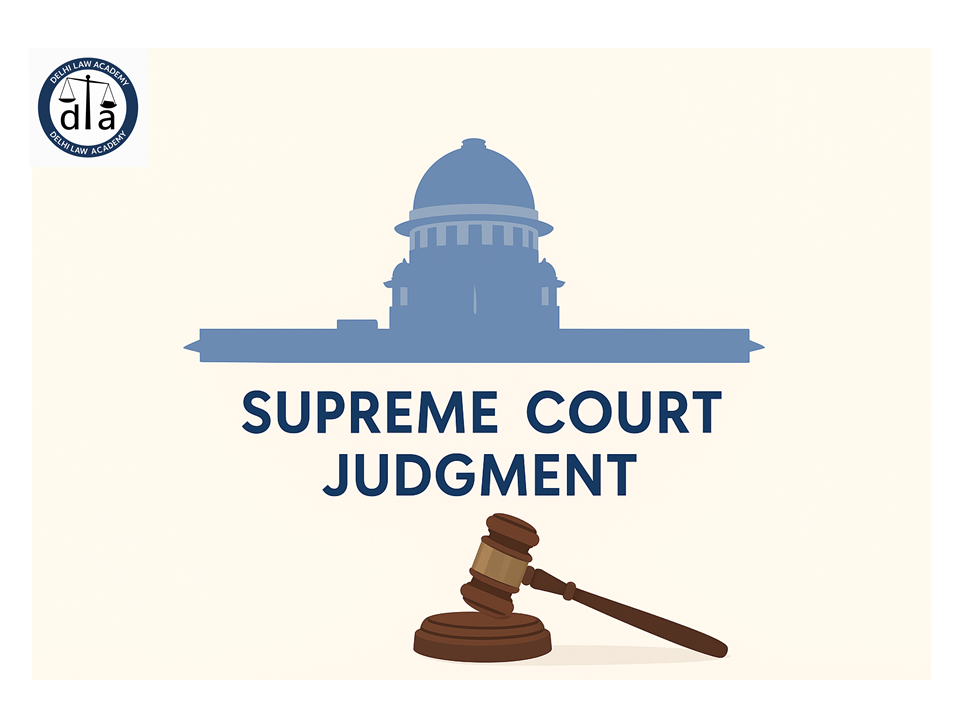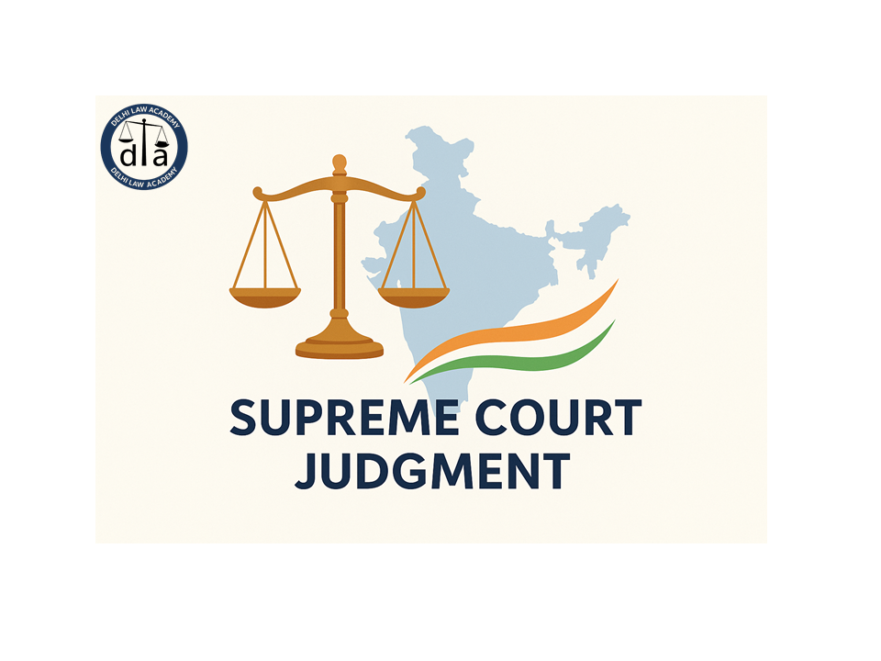
📜 Things Said or Done by a Conspirator – Section 10
Case: Central Bureau of Investigation v. V.C. Shukla [1998 SC]
📌 Introduction
Section 3 declares that a fact is relevant to another when it is connected with the other in any of the ways referred to in the provisions of the Act relating to the relevancy of facts; and those provisions are to be found in Sections 6 to 55 appearing in Chapter II. Section 5, with which Chapter II opens, expressly provides that evidence may be given in any suit or proceeding of the existence or non-existence of every fact in issue and the facts declared relevant in the aforesaid sections, and of no others.
⚖️ Principle & Scope of Section 10
We may now turn to the principle and scope of Section 10 of the Act and its applicability to the entries in question. This section reads as under:
“Things said or done by conspirator in reference to common design –
Where there is reasonable ground to believe that two or more persons have conspired together to commit an offence or an actionable wrong, anything said, done or written by any one of such persons in reference to their common intention, after the time when such intention was first entertained by any one of them, is a relevant fact as against each of the persons believed to be so conspiring, as well for the purpose of proving the existence of the conspiracy as for the purpose of showing that any such person was a party to it.”
📌 Observations of the Court
At the outset we may point out that no charge was framed against the Jains for having entered into a criminal conspiracy amongst themselves (even though such was the allegation in the charge sheet). We need not, therefore, consider the materials collected during investigation from that perspective. Indeed, according to the charges of conspiracy all the respondents were parties thereto and the conspiracy existed for the period from February, 1990 to January, 1991.
On perusal of their [witnesses] statements we find that some of them are irrelevant to the charges of conspiracy with which we are now concerned while others, to the extent they can be translated into legally admissible evidence, only indicate that Shri Shukla was known to the Jain brothers and had gone to their residence on formal occasions. The above statements cannot be made a reasonable ground to believe that all of them have conspired together. So far as Shri Advani is concerned, we find that no one has even spoke about him in their statements.
🔹 Application Against Jains
Since the first requirement of Section 10 is not fulfilled the entries in the documents cannot be pressed into service under its latter part. Even if we are to accept the above contentions of Mr. Altaf Ahmed the entries, which are statements as held by this Court in Bhogilal Chunilal and, being ‘admissions’ – and not ‘confession’ – cannot be used as against Shri Advani or Shri Shukla. However, as against Jains the statements may be proved as admissions under Section 18 read with Section 21 of the Act provided they relate to ‘any fact in issue or relevant fact.’
📌 Facts of Charges
Needless to say, what will be ‘facts in issue’ or ‘relevant facts’ in a criminal trial will depend upon, and will be delineated by, the nature of accusations made or charges levelled against the person indicated. In the two cases with which we are concerned in these appeals, the gravamen of the charges which were framed against Jains in one of them (quoted earlier) and were to be framed in the other pursuant to the order of the trial Court (quoted earlier) is that they entered into two separate agreements; one with Shri Shukla and the other with Shri Advani, in terms of which they were to make certain payments to them as a gratification other than legal remuneration as a motive or reward for getting their favour while they were ‘public servants’ and in pursuance of the said agreements payments were actually made to them.
Thereby the Jains committed the offence of conspiracy under Section 120B of the Indian Penal code; and under Section 12 of the Prevention of Corruption Act, 1988 (P.C. Act for short), in that, they abetted the commission of offences under Section 7 of the Act by Shri Shukla and Shri Advani.
⚖️ Court’s Conclusion
It is thus seen that the prosecution sought to prove that there were two separate conspiracies, in both of which Jains together figured as the common party and Shri Advani or Shri Shukla, as the other. Since we have already found that the prosecution has not been able to made out a prima facie case to prove that Shri Advani and Shri Shukla were parties to such conspiracies, the charges of conspiracy, as framed/sought to be framed, cannot stand also against the Jains, for the simple reason that in a conspiracy there must be two parties. Resultantly, the statements cannot be proved as admission of Jains of such conspiracy.
📚 Further Reading for Law Aspirants
Explore more useful resources from Delhi Law Academy to strengthen your preparation:
❓ Frequently Asked Questions – Section 10 & Conspiracies
Section 10 provides that anything said, done, or written by one conspirator in reference to a common design, after the conspiracy was first entertained, is relevant against all conspirators for proving the conspiracy and their participation.
Yes. Statements, acts, or writings of a conspirator regarding a common intention can be used as evidence against all believed to be part of the conspiracy, provided the Section 10 requirements are satisfied.
No. Admissions by a conspirator can be used under Sections 18 and 21 of the Evidence Act, but a confession is distinct. Only relevant admissions may be applied as evidence against co-conspirators.
No. Section 10 applies to conspiracies, which require at least two parties. If only one person is involved, the section cannot be invoked to prove conspiracy or use their statements against others.
Prima facie evidence helps determine if there is reasonable ground to believe a conspiracy exists. Without it, statements cannot be relied upon under Section 10 against co-conspirators.
The Court held that the prosecution could not prove Shri Advani and Shri Shukla were part of the alleged conspiracies, so statements could not be used as admissions against them. Only statements related to Jains could potentially be used under Section 10.
Contact us
📍 Delhi Law Academy – Jaipur Branch
6C, Tower 2, Coaching Hub, Pratap Nagar, Jaipur – 302033
📞 Phone:
+91 9911916552
+91 8447285606
✉️ Email:
contactus@delhilawacademy.com

